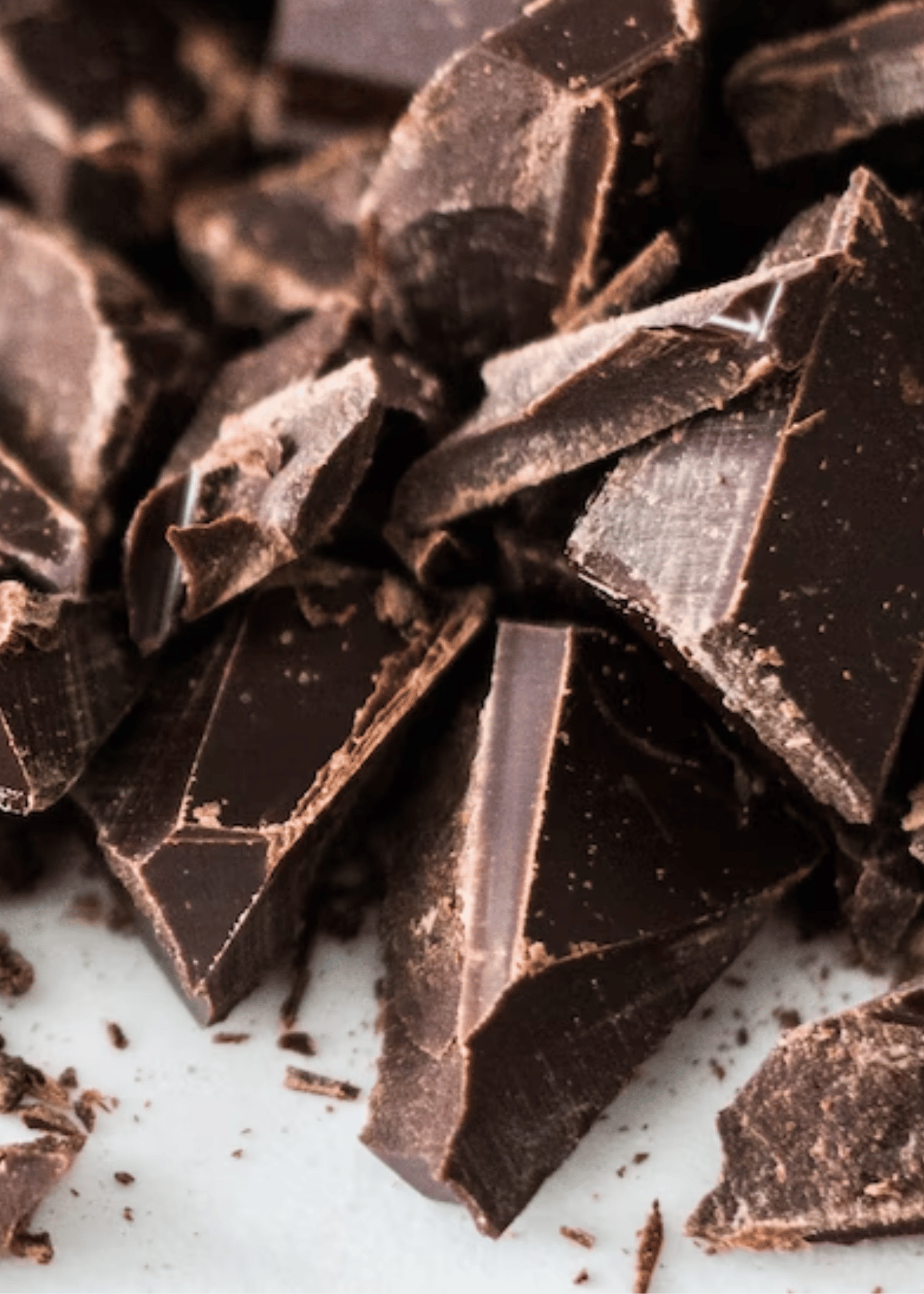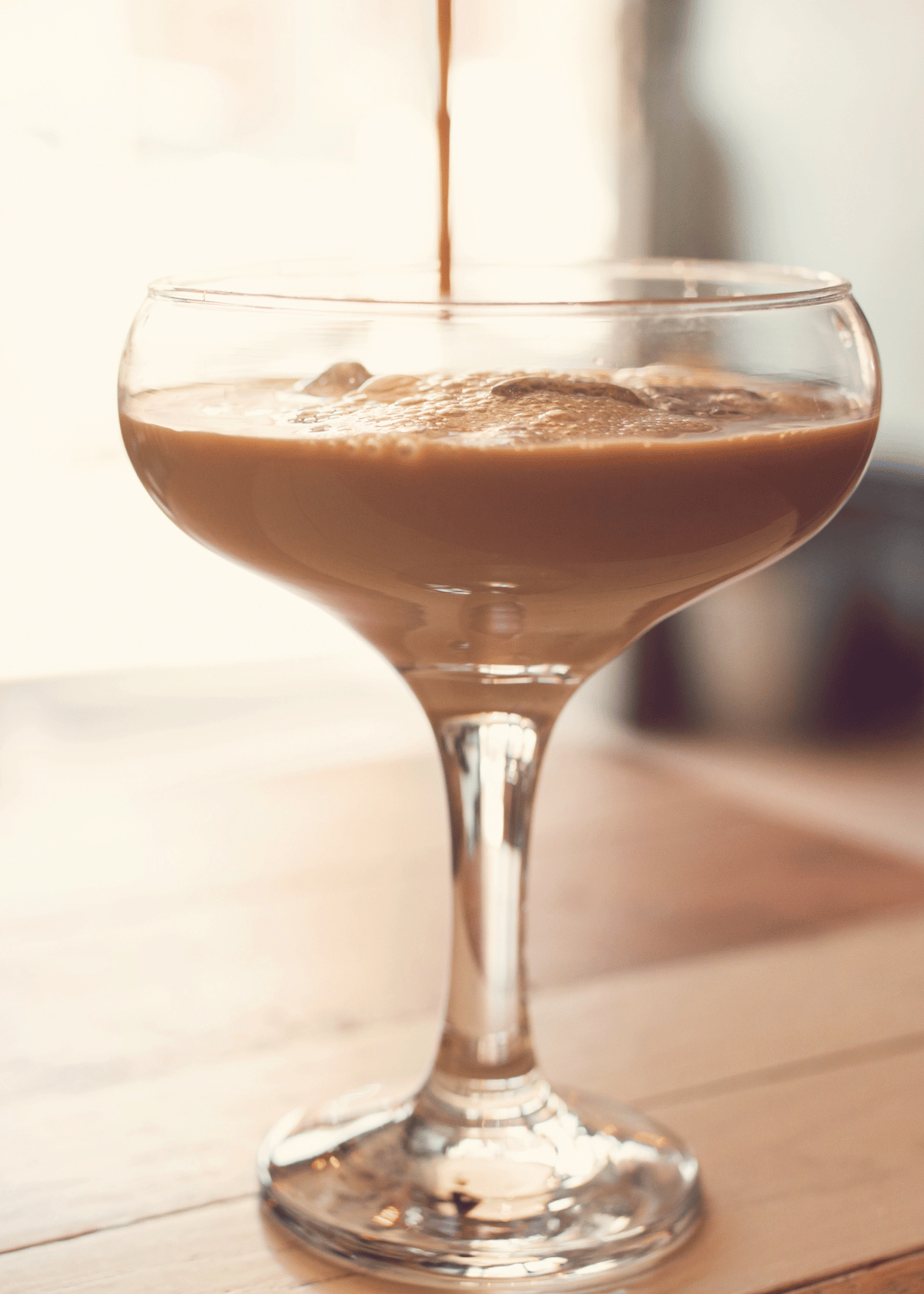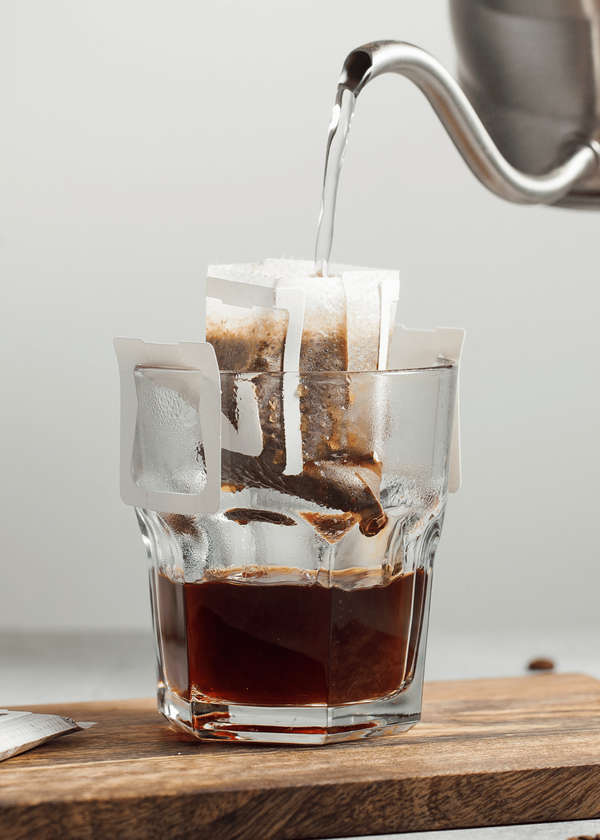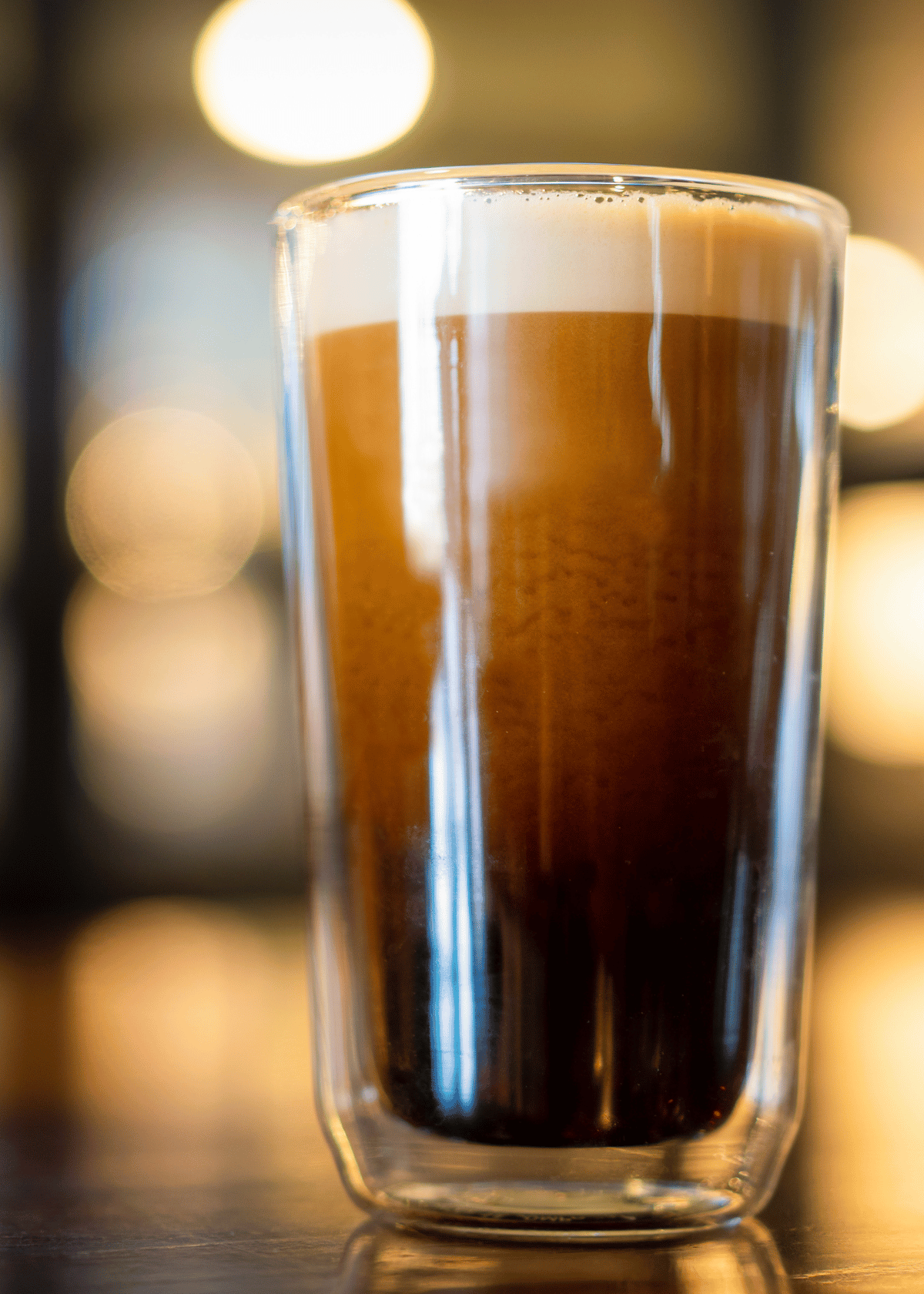If you're a home cook who loves to bake, then you know that tempering chocolate is an essential part of making desserts. From truffles to ganache, tempering chocolate ensures that your creations will have the right texture, flavor, and shine. But how do you do it? Let’s explore the basics of tempering chocolate so that you can make delicious treats like a pro!
What Is Tempering Chocolate?
Chocolate is tempered or “melted” when it is heated slowly and carefully to ensure that it maintains its original structure and properties. Tempering also helps create a glossy finish on chocolates. In order for chocolate to be properly tempered, it needs to reach precise temperatures according to its type—dark, milk, or white chocolate. The most precise way of doing this is by using a thermometer to check the temperature as it melts.
The Two Methods of Tempering Chocolate
There are two main methods for tempering chocolate: the seeding method and the tabling method.
The seeding method is best used when working with smaller amounts of chocolate (less than 2 pounds). This method involves melting the entire batch at once until it reaches between 115°F–120°F for dark chocolate, 110°F–115°F for milk chocolate, and 105°F–110°F for white chocolate.
Then, add in some solid unmelted pieces of the same kind of chocolate which will help cool down the melted mixture and bring it back down to its proper temperature. Once you reach 88°F–90°F for dark chocolates or 84°F–86°F for milk and white chocolates, your tempered chocolate is ready!
The tabling method is best used when working with larger batches (2 pounds or more) because it helps evenly distribute heat throughout all of the ingredients. To use this method, melt two-thirds of your batch until it reaches between 115°F–120°F for dark chocolates or 110°F–115°F for milk chocolates/white chocolates.
Then pour this mixture onto a cold marble slab and spread it out into a thin layer using an offset spatula (you can use parchment paper if you don’t have access to a marble slab).
Finally fold in one-third of your unmelted pieces into the melted mixture until they are completely incorporated and repeat until your desired temperature is reached (88˚ F – 90˚ F for dark chocolates or 84˚ F – 86˚ F for milk/white chocolates).
Conclusion
Tempering chocolate may seem intimidating but with practice comes perfection! Whether you choose to go with the seeding method or tabling method—or even try both—you'll be on your way to becoming a master at tempering like professional chef in no time! With these simple steps and a bit of patience, anyone can create delicious desserts with perfectly tempered chocolate every single time!
Want to know what is the best chocolate for melting? Check out our guide here!







